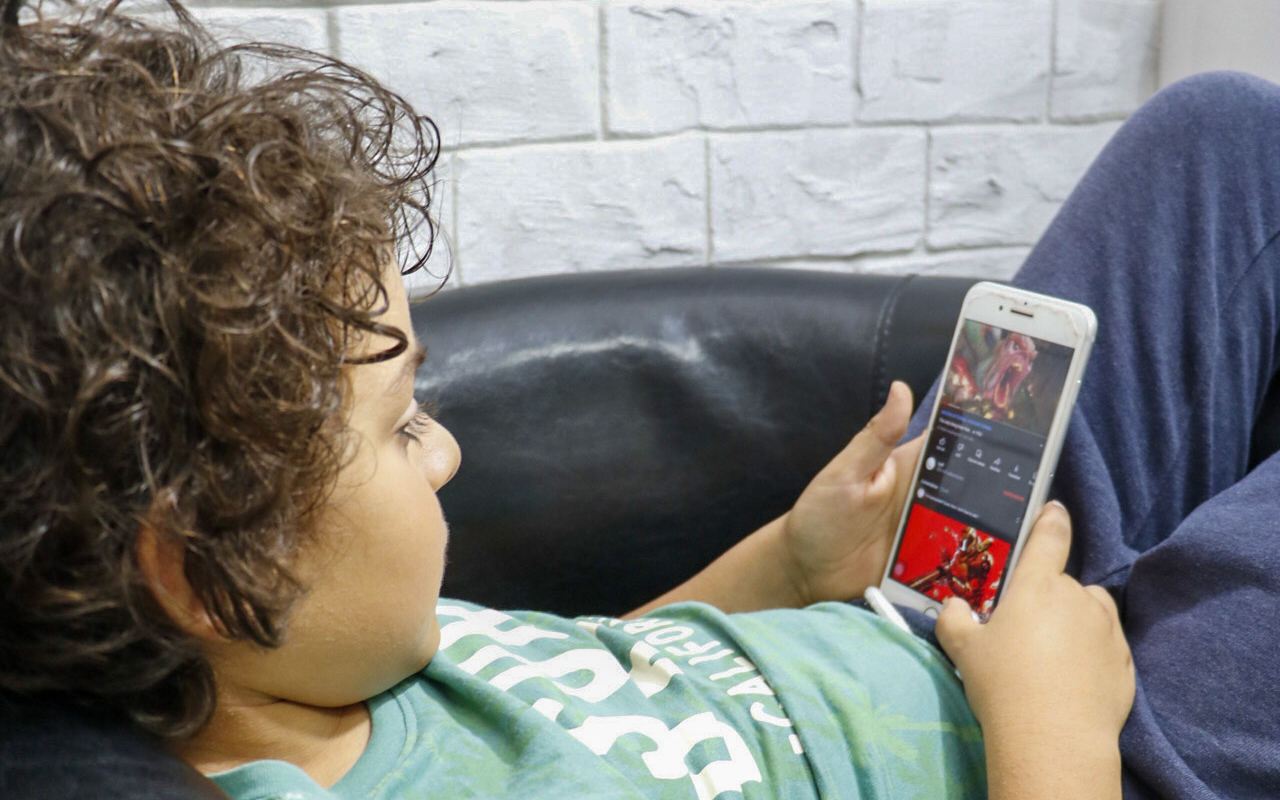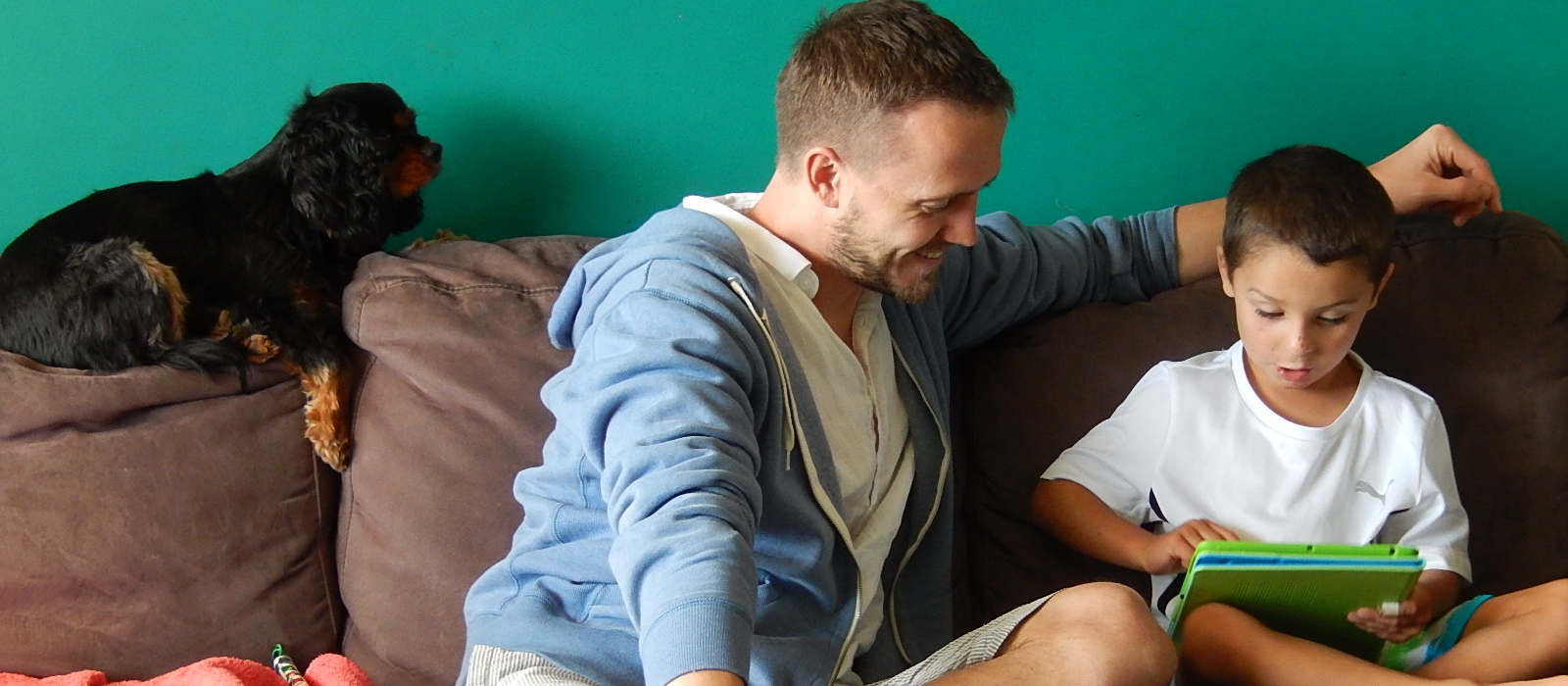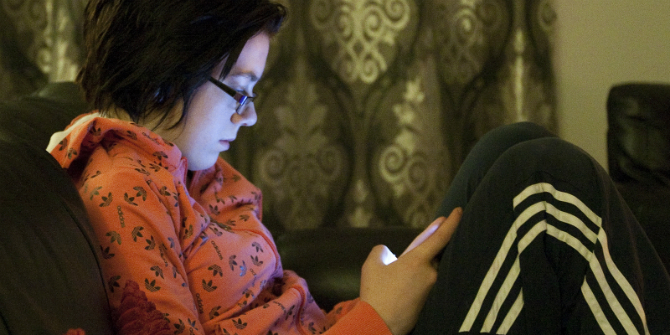Leen d’Haenens reflects on data from EU Kids Online research and discusses the online practices of kids who are discrimated against offline. She finds that those children use the internet differently and are frequently exposed to more risk. Leen is a Professor of Communication at the Institute for Media Studies, KU Leuven, Belgium. Her areas of research include digital media and youth, news media, media and ethnic minorities as well as media governance and accountability mechanisms.
The experience of living through social isolation is changing for young people in the digital age. The internet can serve as an alternative social network for those who have trouble engaging with their peers and communities face to face, but it can also introduce new risks and kinds of loneliness. Youngsters who are discriminated against (for instance, feeling ignored, neglected or being bullied) are a case in point: they may find friends on the internet who are not available to them in real life. For instance, one study of young people with brain damage or physical disabilities concluded that using the internet can help facilitate an active social life. ‘Cyberspace’ can enable adults with disabilities to manage their self-presentation, to overcome stigmas and to ‘open up new life worlds’. However, more internet use can also lead to more exposure to risk, and children and adolescents with disabilities or other difficulties are likely, for all sorts of reasons, to be more vulnerable to online risks and harm. [1]
In our new article, my colleagues and I describe the online practices of children who are discriminated against (based on vulnerabilities, including for instance physical and mental disabilities, lower social and financial capital, but explicitly excluding discrimination related to ethnic origin), their exposure to online risks (such as victimization and meeting online ‘friends’ offline), as well as their reactions to these risks and what their parents do to try to minimize these risks. This research is part of the multi-country research network EU Kids Online which seeks to enhance knowledge of European children’s online opportunities, risks and safety.
The results showed that – contrary to our expectations – children and adolescents who are discriminated against use the internet a little less than other children and they are significantly less likely to use it to excess. That is, they do not compensate for their social problems by using the internet more frequently. However, they do exhibit more risky behaviour in developing new friendships. Also they are more often confronted with sexting and they are more involved in cyber-bullying, both on the giving and on the receiving end.
In addition, children who are discriminated against are generally more upset by encountering such online risks. There are no major differences in the coping strategies for dealing with difficult online experiences for children and young people who are discriminated against, versus those who are not.
In short, even though children who are discriminated against do not use the internet more frequently, they engage in different – more risky – activities and consequently they are more frequently exposed to online risks. Not surprisingly, these risks affect them more than other children as these risks echo the problems they often face offline.
It is tempting for their parents to try to protect them. However, according to this research, the most effective way of reducing the children’s online risks is to reduce their online activities. And reducing online activities is a double-edged sword: not only does it lower the risks, but it also reduces the children’s opportunities.
What the solution is remains unclear, but possibly we need better forms of online protection – technical tools, responsible social norms, ways to gain advice – as well as digital literacy education for these children offline.
Notes
[1] See for instance Katz, G. (2001). “Adolescents and young adults with developmental disabilities interface the Internet: Six case reports of dangerous liaisons”. Mental Health Aspects of Developmental Disabilities, 4: 77-84.







